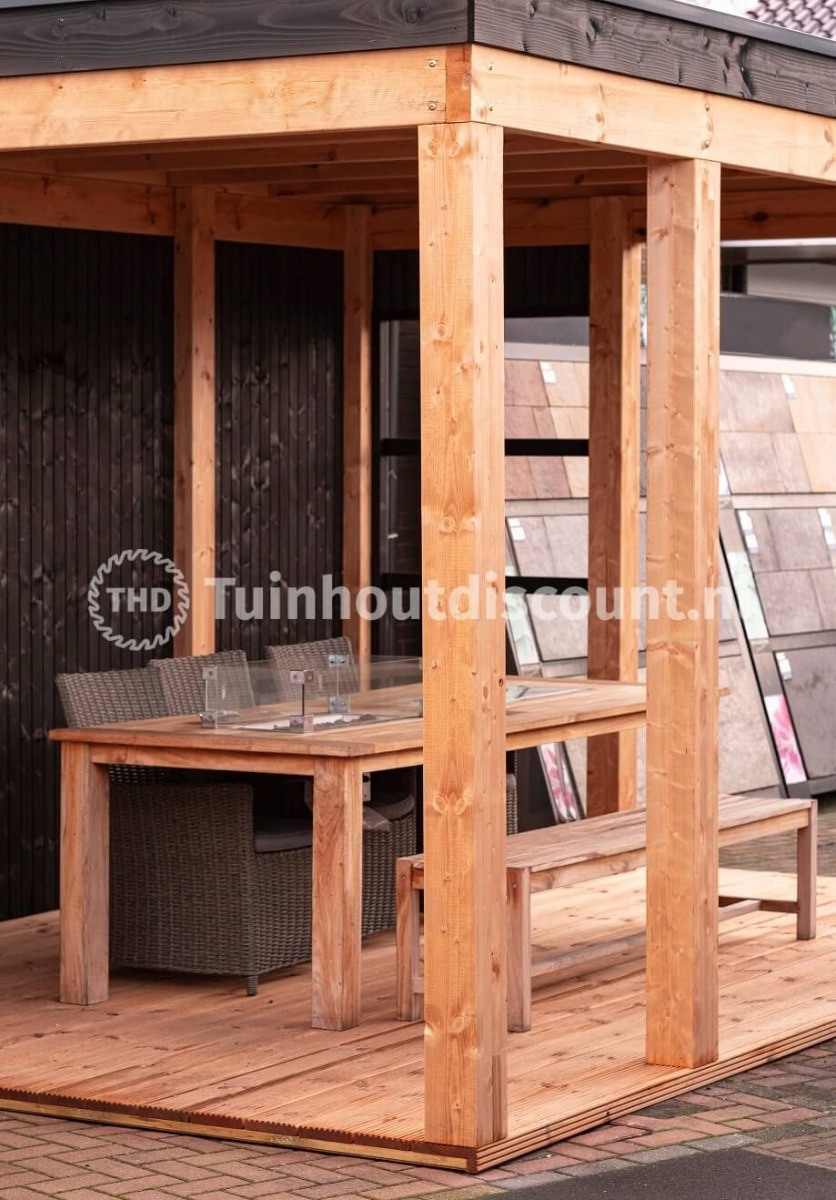
Wat is Red Class Wood? Tuinhoutdiscount.nl
1. Red Cedar The types of red depend on the tree from which the wood in question is sourced. Cedar is perhaps one of the woods best known for the red color it provides. It is wood with red and brown tones, being the species that comes from the Pacific the one that presents a more reddish hue.

Red Class Wood Palen 120 x 120 mm Type Geschaafd Tuinhoutcentrale, voordelig en snel
Red Class Wood is gemaakt van een gecertificeerde naaldhoutsoort dat door een speciale behandeling erg duurzaam is. Deze behandeling gebeurt ook helemaal ecologisch, waardoor het hout zelfs nog duurzamer is dan douglas hout. Deze houtsoort is dan ook speciaal voor iedereen die fan is van de uitstraling én van de prijs van het douglas hout.
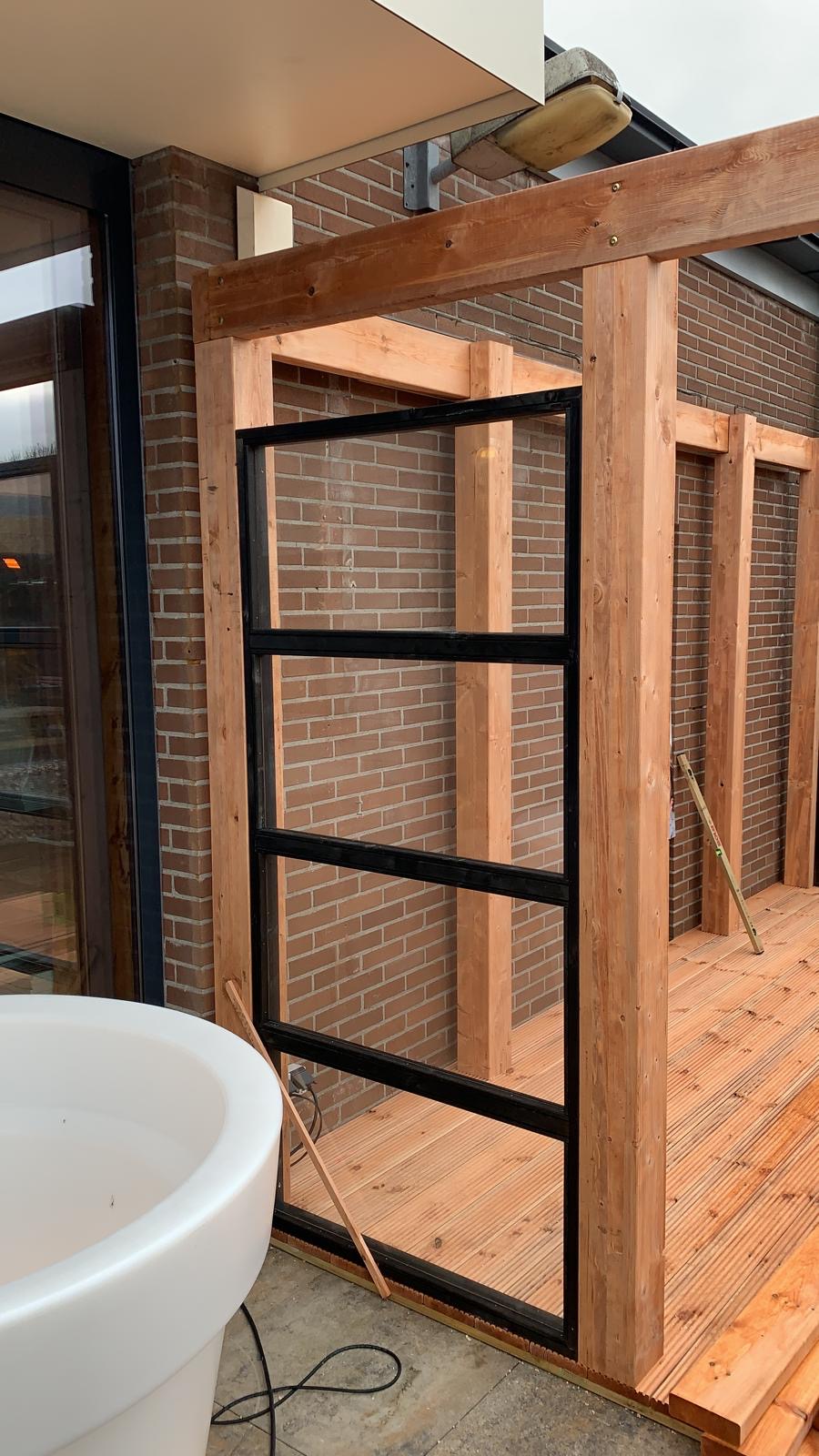
Red Class wood, het betere alternatief voor Lariks Douglas hout
Color/Appearance: Heartwood is a light to medium brown, commonly with a reddish cast. Paler sapwood is not always sharply demarcated from the heartwood. Quartersawn sections display prominent ray fleck patterns (see images below). White oak (Quercus alba) tends to have a slightly more olive cast (as opposed to red), but color alone isn't always a reliable method of determining the type of oak.

Red Class Wood 65 x 175 mm. Type Geschaafd Tuinhoutcentrale, voordelig en snel
The three redwood genera are Sequoia, Sequoiadendron, and Metasequoia. Two redwood species are native to California, and one—the dawn redwood—is native to China. Redwood trees require specific environmental conditions to thrive. The coastal conditions of northern California are ideal for redwood growth.
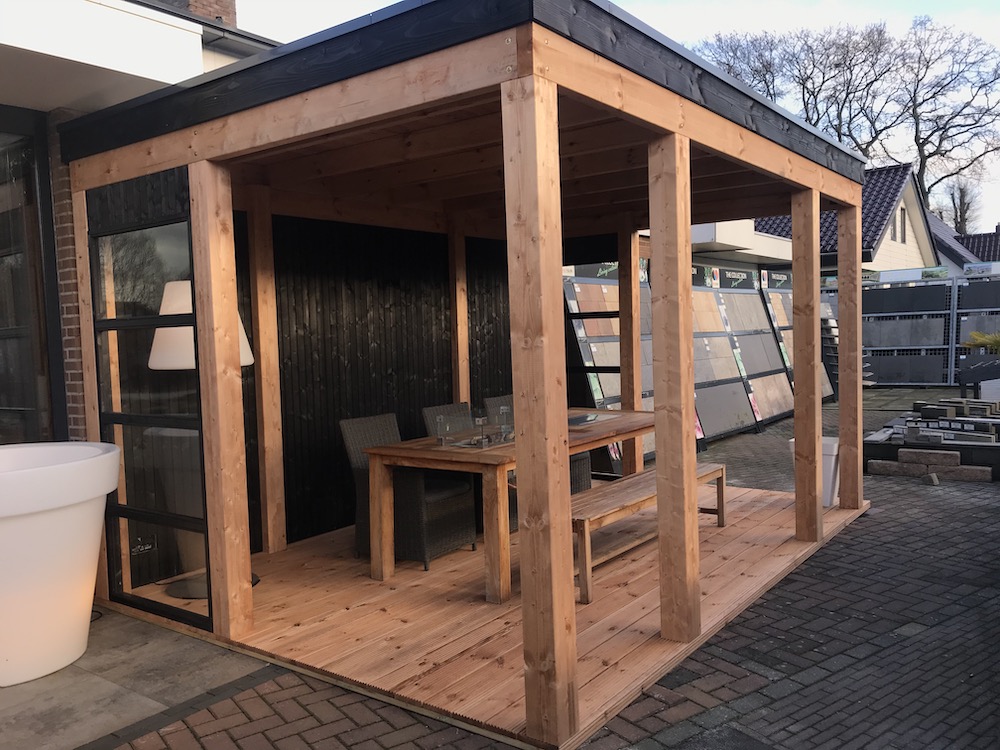
Red Class wood, het betere alternatief voor Lariks Douglas hout
Redwood trees are massive coniferous trees within the Cyperaceae or Cypress family of gymnosperms, an ancient lineage that evolved before flowering plants. There are three genera, each with only one extant (not extinct) species, all part of the Sequoioideae, or redwood subfamily.

Red Class wood, het betere alternatief voor Lariks Douglas hout Achtertuin huis
De basis van Red class wood is een gecertificeerde houtsoort en door de ecologische behandeling krijgt het hout extra duurzaamheid en de kleur van Lariks Douglas hout. Wel de look en niet de bekende nadelen van Douglas hout dus! Wat zijn precies de voordelen van Red Class hout?
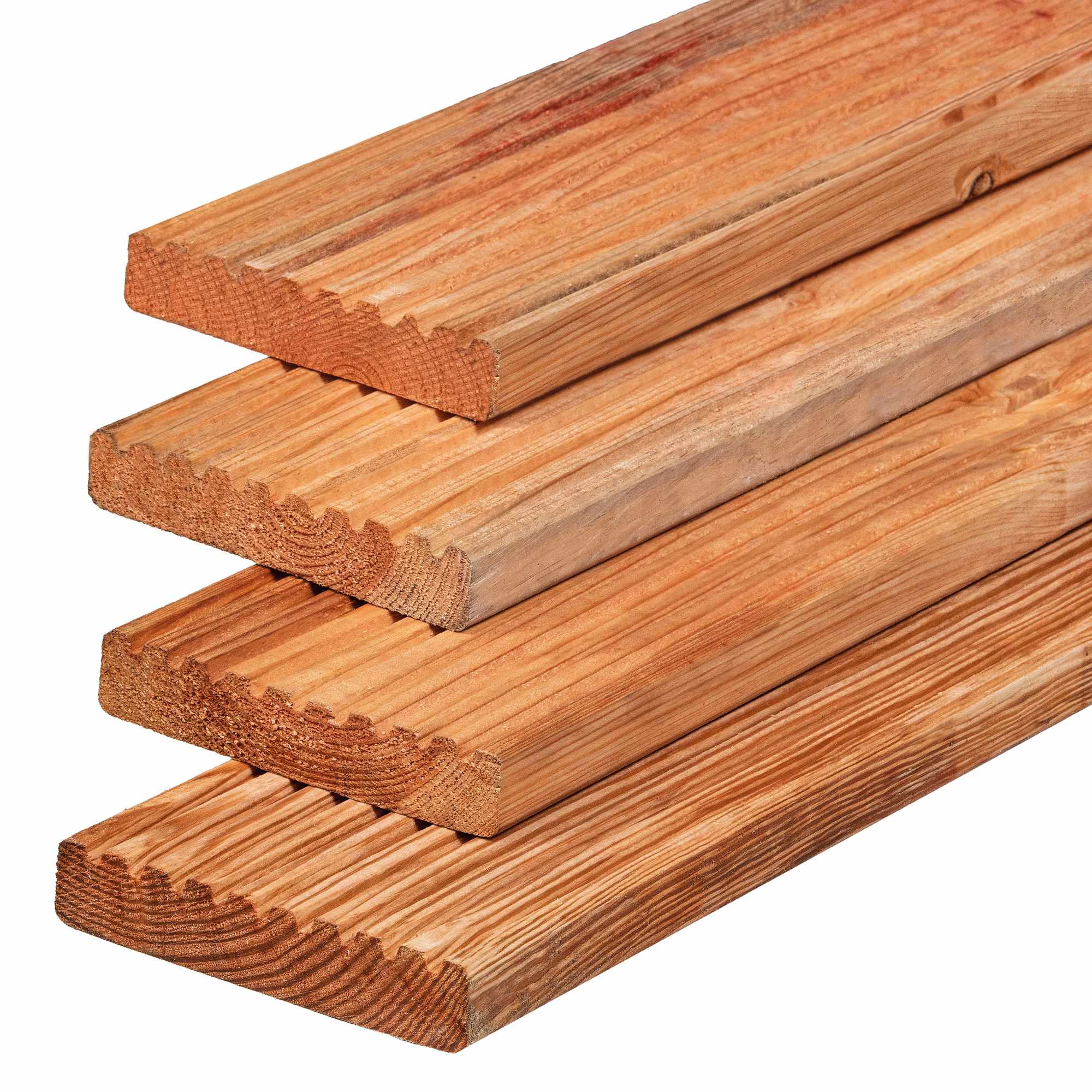
Red Class Wood vlonderplank 2.8 x 14.5 cm TuinhoutZeeland.nl
Western Red Cedar lumber is very low maintenance. The natural oil in the wood acts as a preservative and protects the lumber from rot, bugs, and water damage. This oil helps Western Red Cedar lumber last for up to 30 years without the aid of chemical preservatives. The combination of the wood's oil and the density means that it isn't necessary.
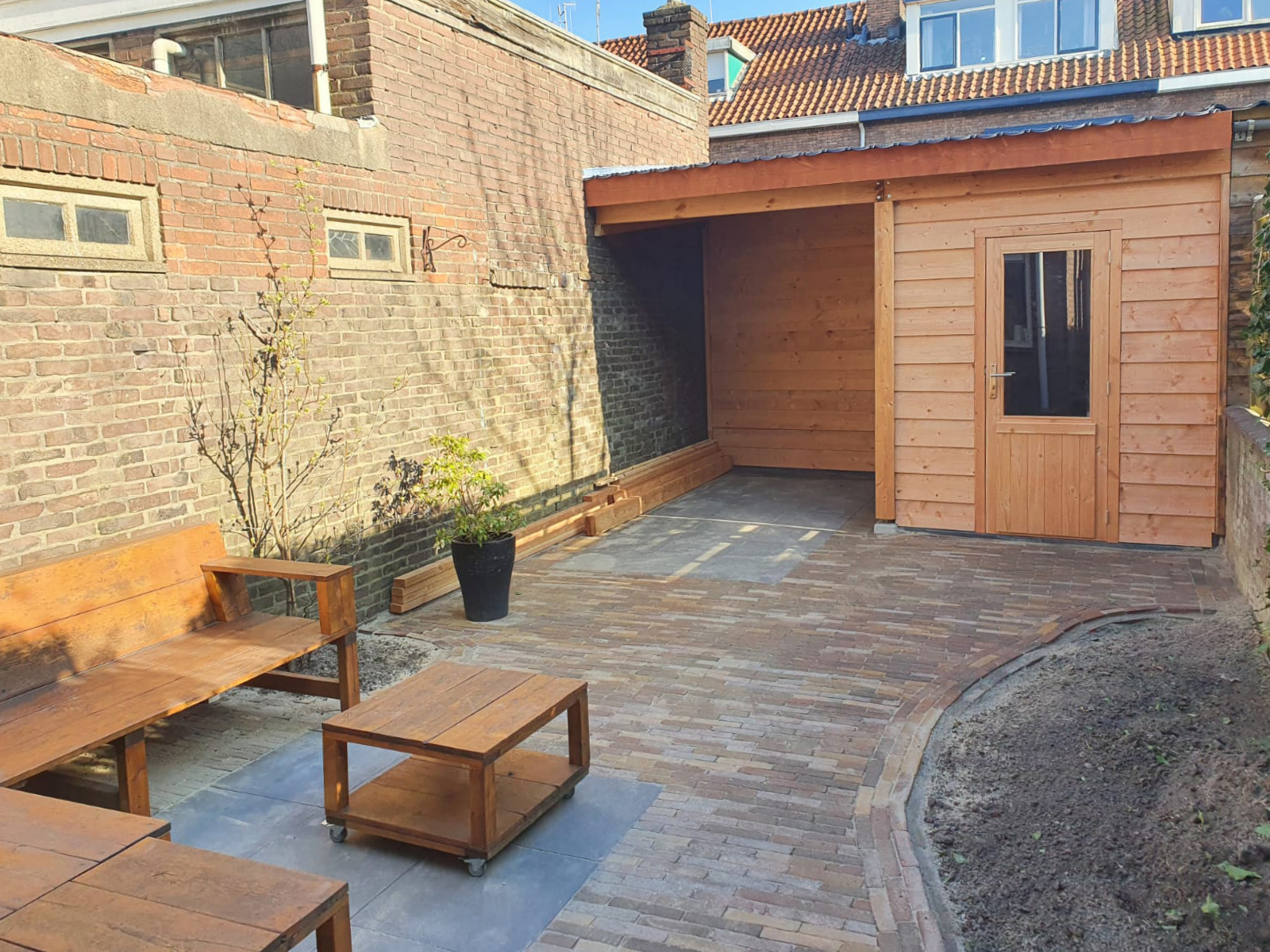
Red Class Wood Brett 4,5 x 14,5 cm in Lärche Douglasie Farbe
Het allereerste verschil tussen Douglas hout en Red Wood zit zoals we al aangaven in de bewerking. Waar Red Wood een behandeling ondergaat om langer mee te gaan, is dit bij de Douglas variant niet per se nodig. Douglas hout zal eerder krimpen of uitzetten, waardoor er scheuren kunnen ontstaan. Bij de Red hoef je hier niet bang voor te zijn.

Red class wood liggers en staanders in Lariks Douglas kleur
By Marlene Lenthang. The man who brazenly attacked a Las Vegas judge after leaping over the bench and slamming her into a wall told corrections officers he had a bad day and tried to kill her, a.

Blokhutprofiel 28 x 145 mm. Type Red Class Wood Tuinhoutcentrale, voordelig en snel
European Redwood, also known as Scots Pine, Pinus Sylvestris or Scandinavian Redwood, is a very popular softwood specie that is known for its good quality. Its properties make it an ideal species for internal joinery, as well as cladding and construction.
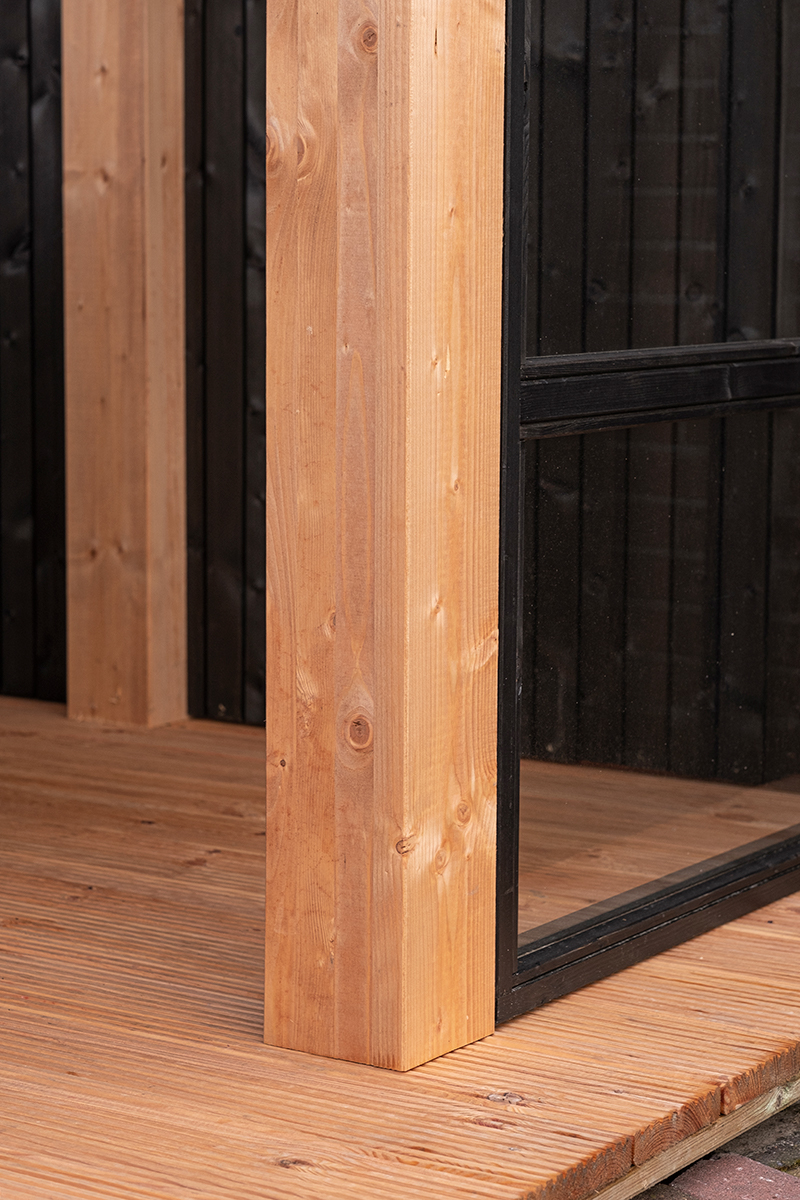
Red Class Wood staander Gelamineerd 12 x 12 cm in Lariks Douglas
Model Number: 1054033 Menards ® SKU: 1054033. Redwood is an excellent choice for outdoor applications. It is naturally resistant to rot, decay, and insects. It holds finish better than other wood species. It is easy to work with and requires very little maintenance. It weathers to a beautiful natural gray color.

Tuinscherm Red Class Wood Casablanca met 21 planks (19+2)
Redwood Properties | Uses, Advantages and Disadvantages. Redwood is durable, moderately moisture-resistant, and highly decay-resistant softwood. This is an excellent option for both the interior and exterior. It is an excellent versatile softwood used for almost all wood projects. Being a softwood, working with hand and machine tools is easy.
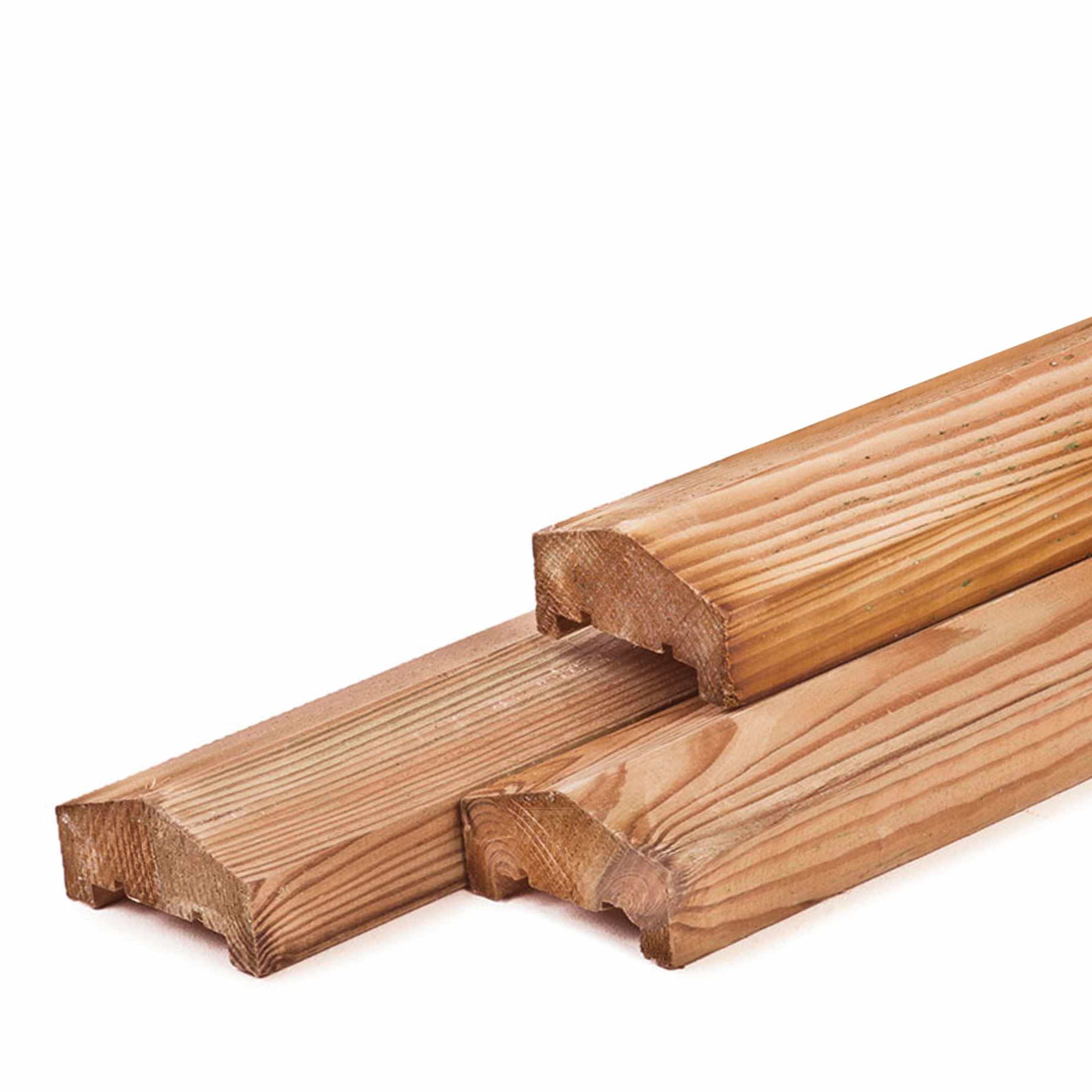
Red Class Wood afdekregel 180 cm TuinhoutZeeland.nl
Not all Redwood is the same, though! In fact, there are many different 'grades' of Redwood. The grade refers to the characteristics and appearance of the lumber. Some of the most commonly offered Redwood grades are: Redwood Con Common, Redwood Con Heart, and Redwood Clear Heart. Below, we've gone into more detail about these different Redwood.
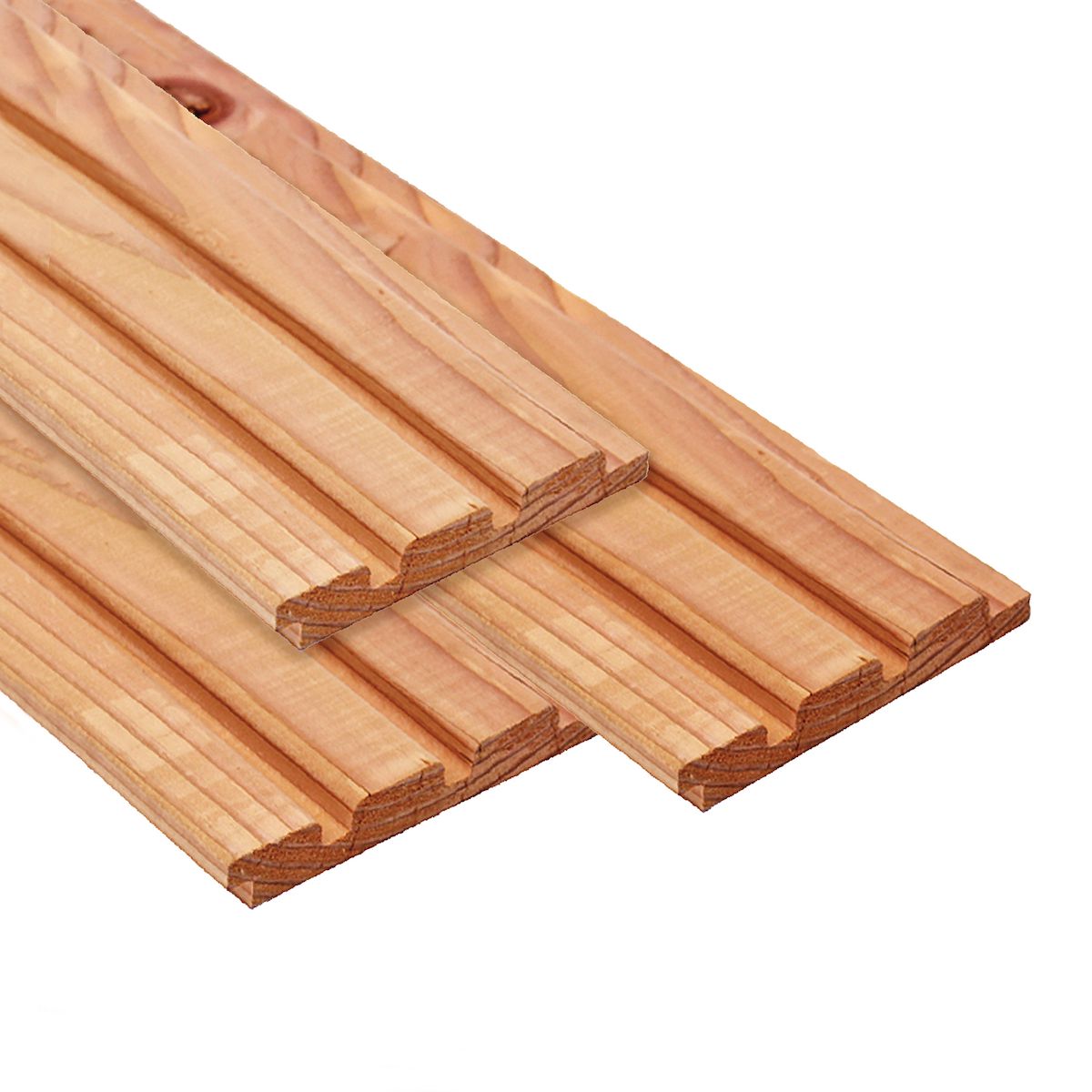
Red class wood houten vellingdelen, tuinplanken & blokhutprofiel
Red Class Wood is an ecologically production process. The wood is artificially dried before treatment, making it much more stable and dimensionally stable during processing and use. After drying, the wood is planed, resulting in a very smooth surface. With untreated wood and used above ground, Red Class Wood has a guarantee of at least 10 years.

Red Class Wood 45 x 70 mm. Type Geschaafd Tuinhoutcentrale, voordelig en snel
Tree Size: 165-200 ft (50-60 m) tall, 7-13 ft (2-4 m) trunk diameter Average Dried Weight: 23.0 lbs/ft 3 (370 kg/m3) Specific Gravity (Basic, 12% MC) : 0.31, 0.37 Janka Hardness : 350 lb f (1,560 N) Modulus of Rupture : 7,500 lb f /in 2 (51.7 MPa) Elastic Modulus : 1,110,000 lb f /in 2 (7.66 GPa) Crushing Strength : 4,560 lb f /in 2 (31.4 MPa)
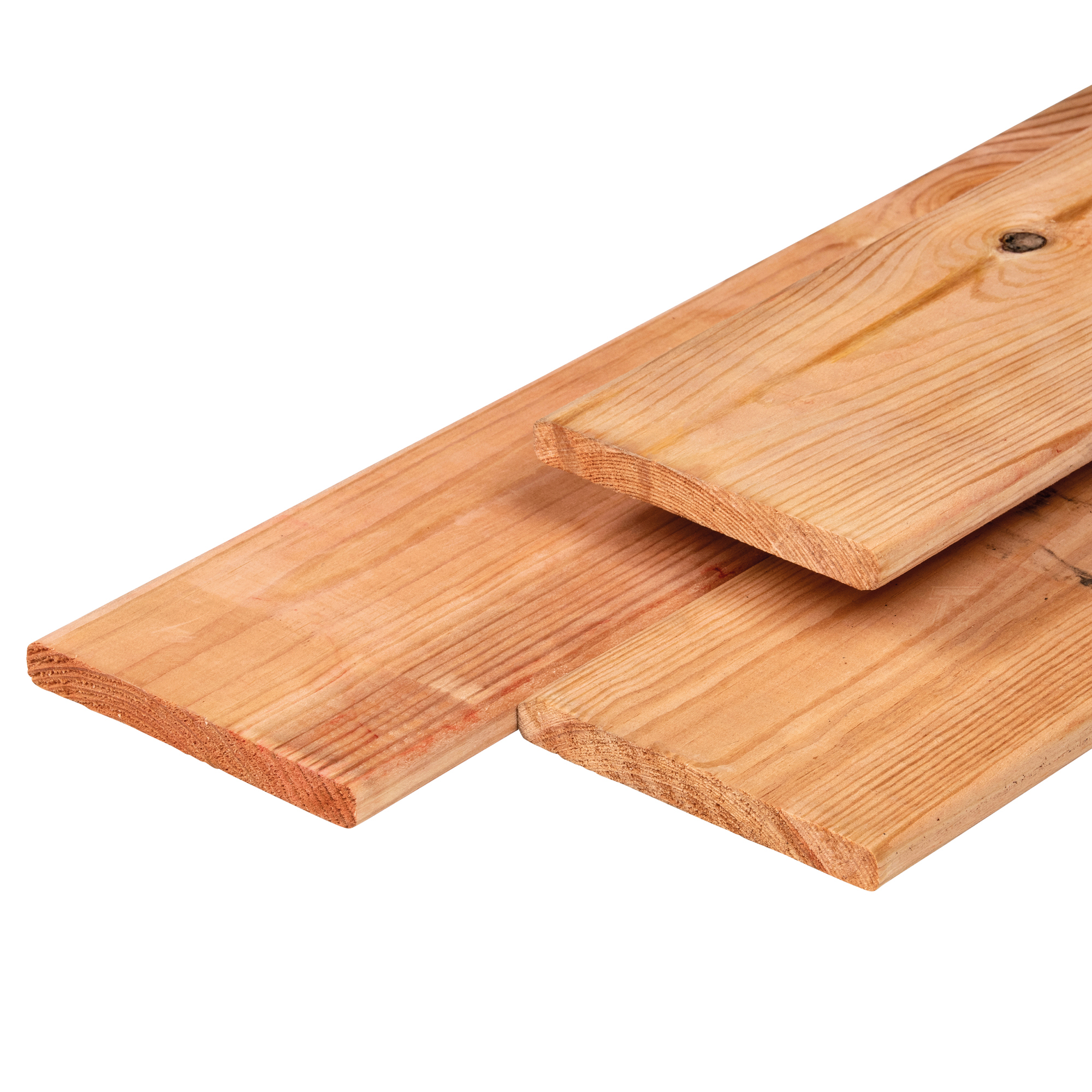
Red Class Wood Bræt 195 cm Peter Holmberg
The coast redwood tree takes 400 to 500 years to reach maturity, and some trees are known to be more than 1,500 years old. They often exceed 90 metres (300 feet) in height, and one has reached 112.1 metres (367.8 feet). Their trunks reach typical diameters of 3 to 6 metres (10 to 20 feet) or more, measured above the swollen bases.